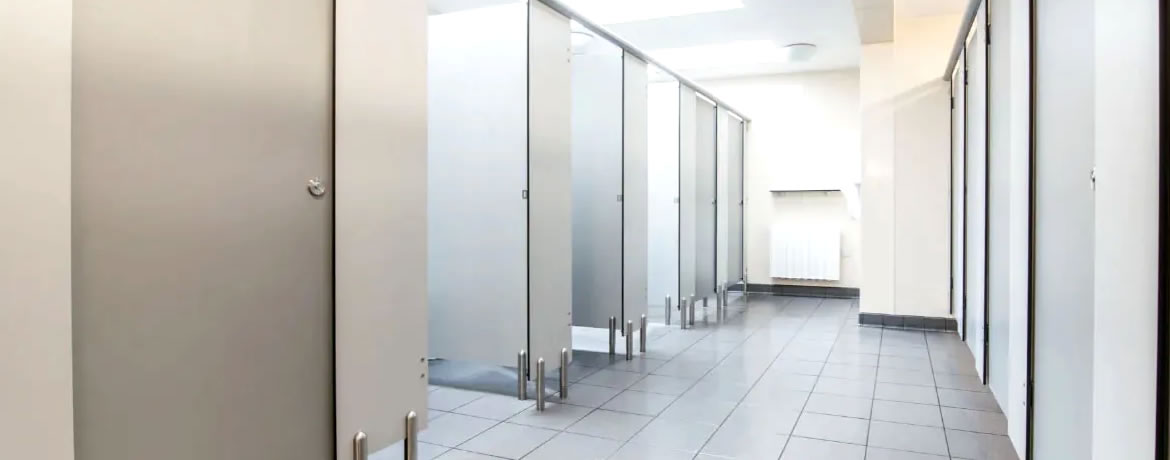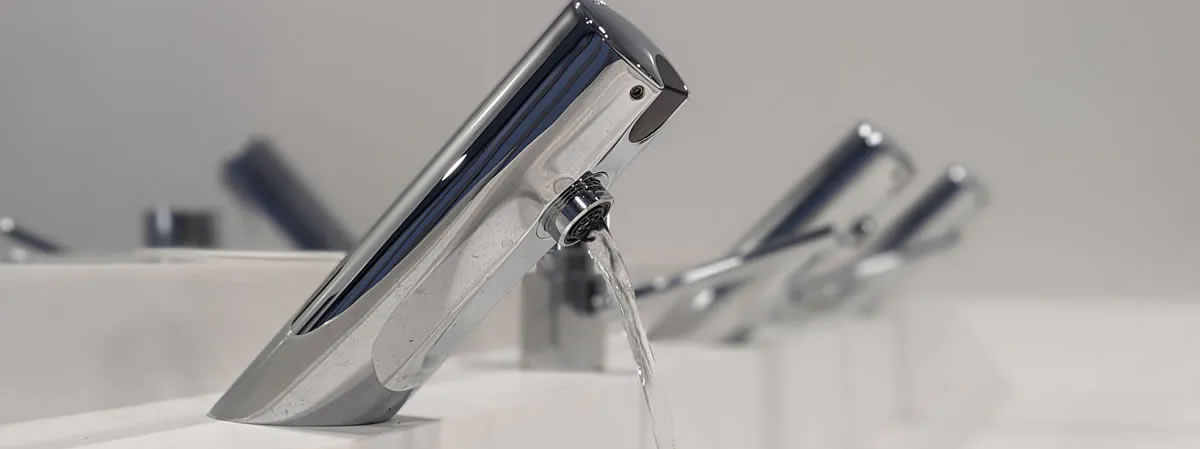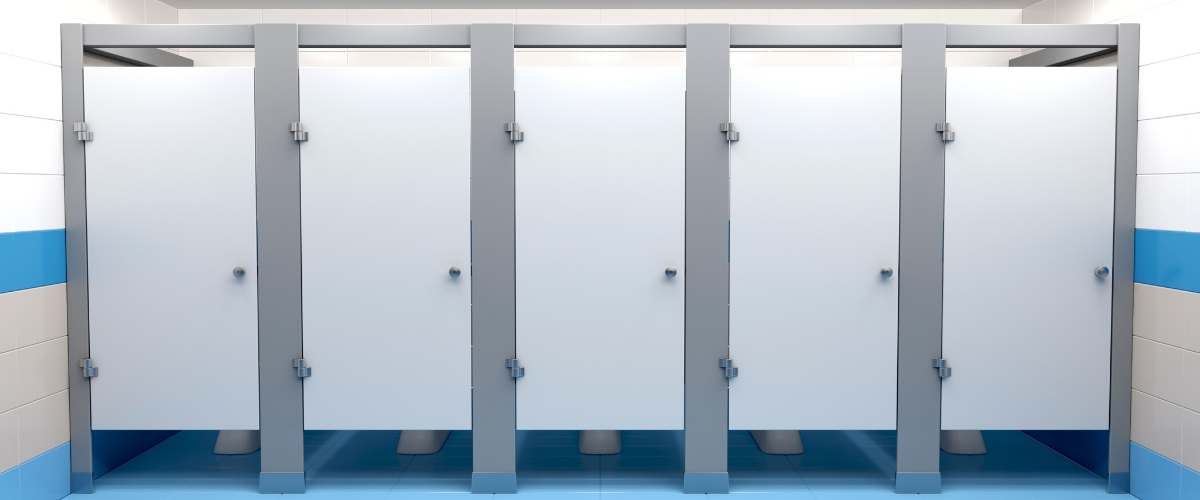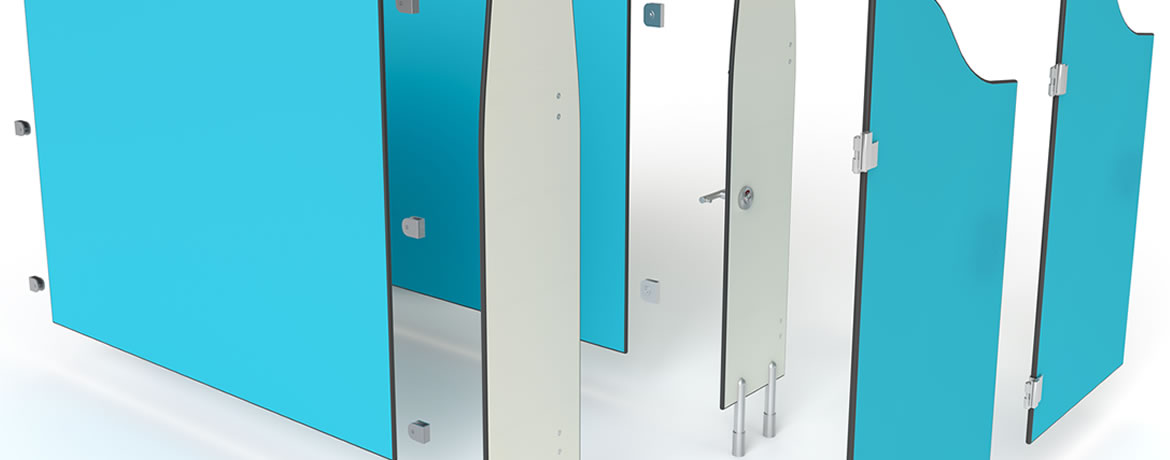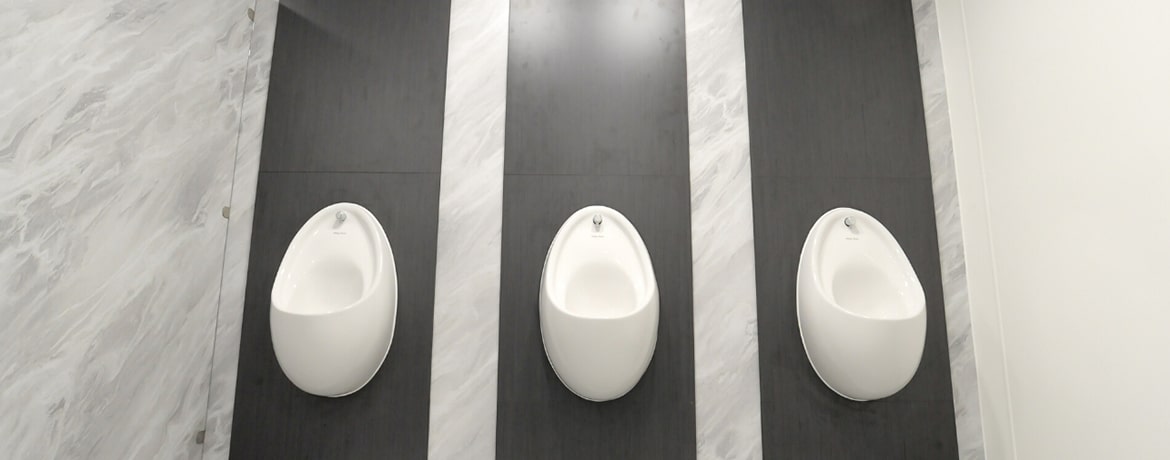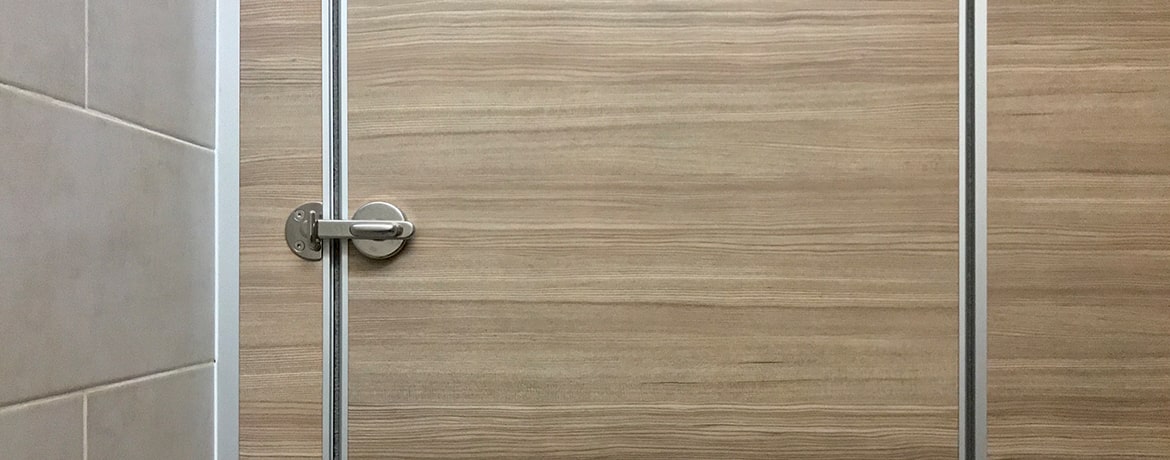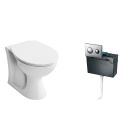What is a commercial toilet?
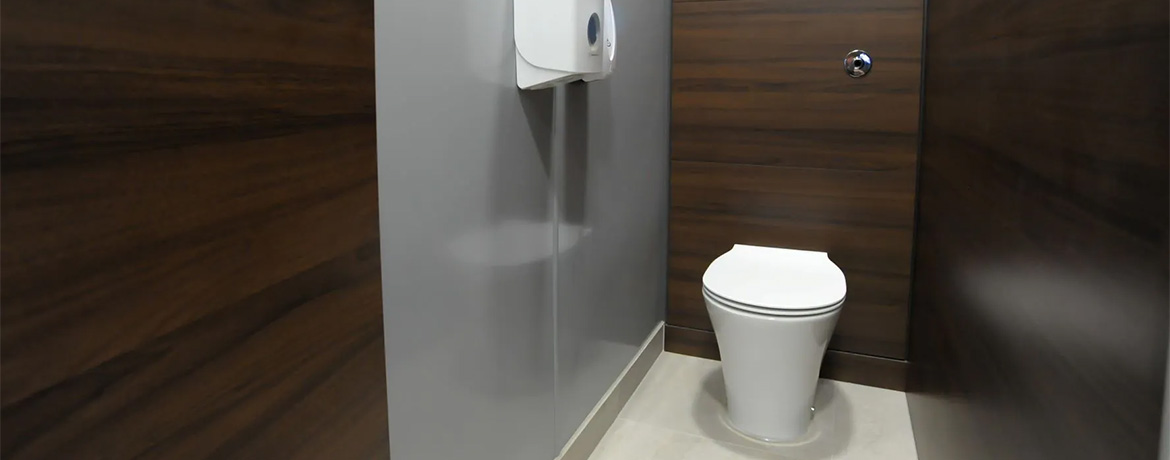
When you hear the term "commercial toilet," you may think of a public washroom at a shopping centre, restaurant, or office building. While this is certainly one example of a commercial toilet, the term actually encompasses a broader range of toilet fixtures that are specifically designed for heavy use in commercial settings.
So, what exactly is a commercial toilet? In this blog, we'll take a closer look at what sets these fixtures apart from their domestic counterparts and explore some of the key features you should consider when selecting a commercial toilet for your business or organisation.
Is there a difference between residential and commercial toilets?
First, it's important to understand that commercial toilets are typically designed to handle a much higher volume of use than domestic and residential toilets. They're engineered to withstand heavy traffic and frequent flushing without clogging or breaking down. In addition, they're often built with more durable materials to ensure longevity and ease of maintenance.
Water usage is also a key difference between residential and commercial toilets. Many commercial toilets are designed to use less water per flush than residential toilets. This is because water conservation is often a priority in commercial settings to help reduce water bills and environmental impact.
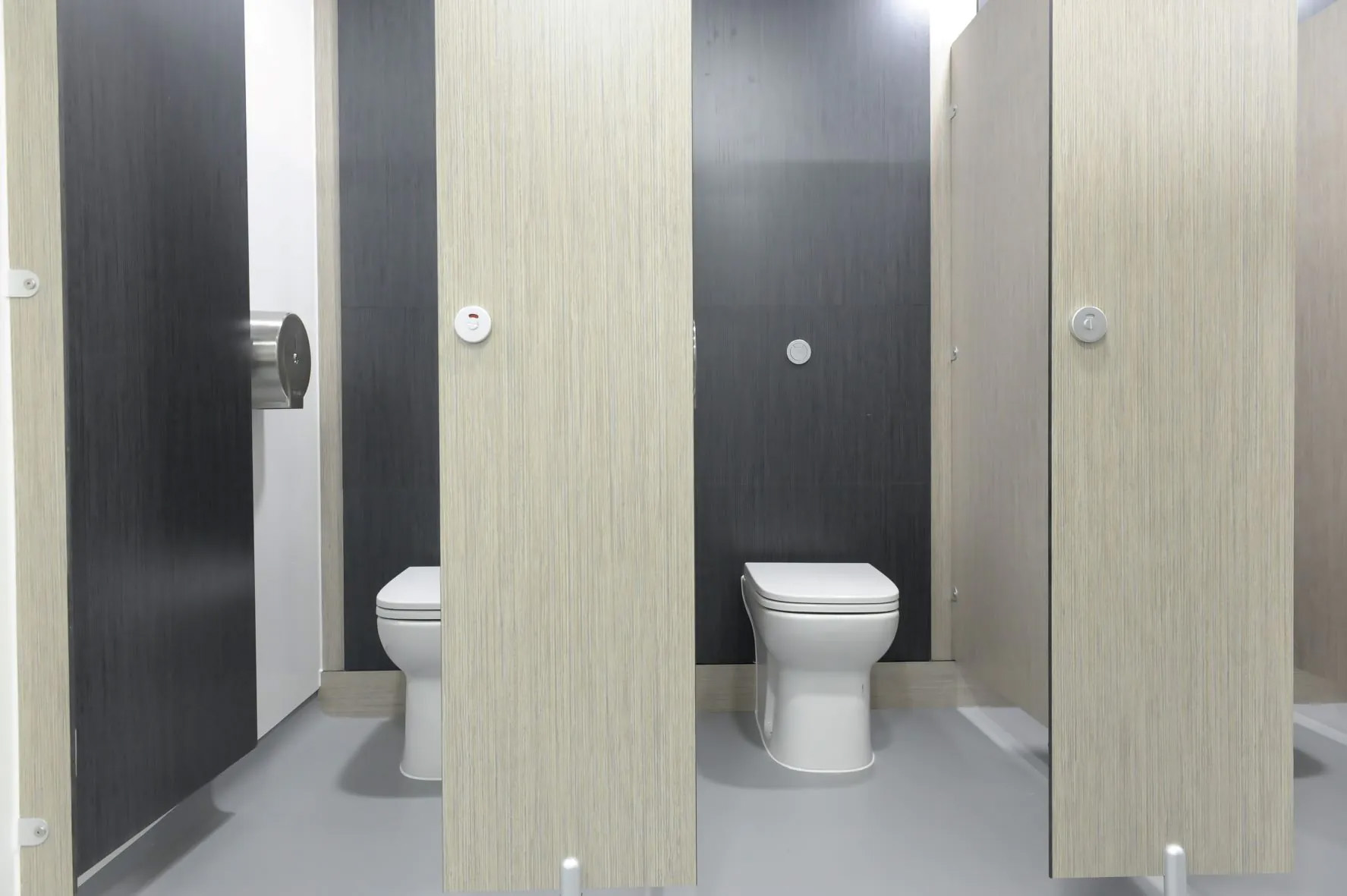

What are the types of commercial toilets available?
There are several types of commercial toilets available on the market today. Here are a few of the most common varieties:
Direct flush toilets: These toilets are typically found in commercial washrooms and use a high-pressure flush valve (mains water fed) to quickly and efficiently clear waste from the bowl. Direct flush toilets are designed for heavy use and are often found in high-traffic settings like airports, stadiums, and concert venues that require faster fill rates than a standard cistern-fed toilet. They also take up less space in a toilet room because no cistern is required.
Gravity-fed toilets: These toilets operate on a gravity-based flushing system and are often found in small businesses and older office buildings. They take longer to refill the cistern because the water pressure is lower.
Dual-flush toilets: These toilets have two flush settings - one for liquid waste and one for solid waste - to conserve water and reduce the frequency of flushes. Dual-flush toilets are becoming increasingly popular in commercial settings where water conservation is a priority.
Commercial Toilet Features
When selecting a commercial toilet for your business, there are several key factors to consider. Here are a few things to keep in mind:
Durability: Look for a toilet that's built with durable materials that can withstand heavy use and frequent flushing without breaking down. Stainless steel or vitreous china are popular options for commercial toilets. Toilet seats are a particularly weak point and stainless steel hinges are essential to prevent frequent replacements.
Water efficiency: Consider a toilet that's designed to conserve water and reduce your organisation's environmental impact. Dual-flush toilets and low-flow models are both good options.
Maintenance: Look for a toilet that's easy to clean and maintain, with simple components that can be easily replaced if necessary.
Doc M compliance: If you're installing a disabled toilet in a public space, it's important to ensure that it meets the requirements of Doc M (building regulation disability guidance). Look for a toilet that's designed to be accessible and easy to use for people with disabilities.
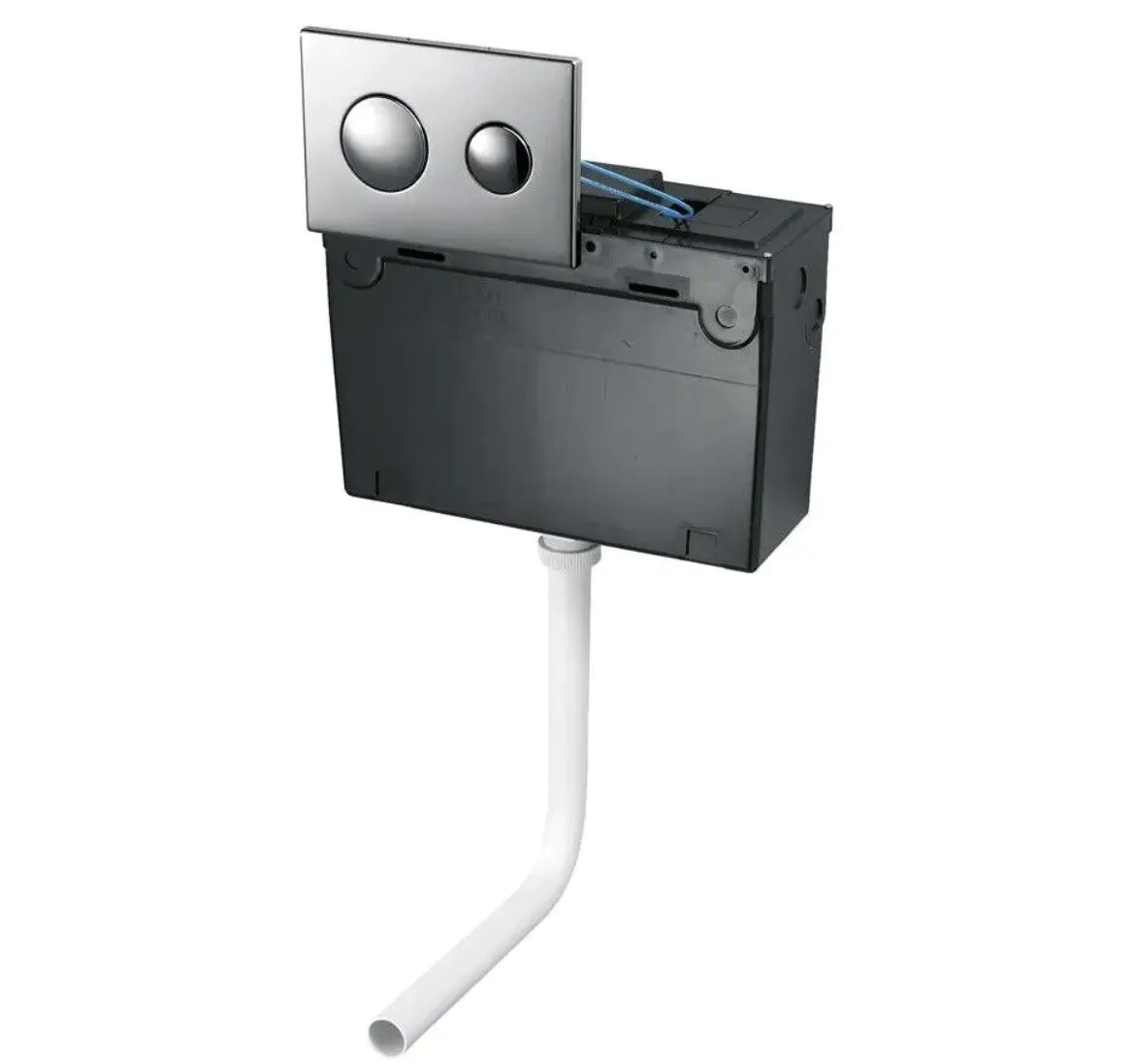

In conclusion, a commercial toilet is a toilet fixture specifically designed for heavy use in commercial settings. They come in a variety of types and designs, with features like high-pressure flush valves, cisternless systems, and dual-flush settings. When selecting a commercial toilet for your business or organisation, consider factors like durability, water efficiency, maintenance, and Doc M compliance to ensure you choose the right fixture for your needs.
MORE TO EXPLORE IN Related Posts
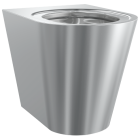
KWC DVS Campus Back to Wall Stainless Steel Toilet
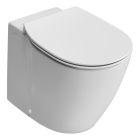
Ideal Standard Concept Back to Wall Toilet with Aquablade Technology (E0509)
As low as £534.00 £445.00
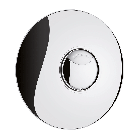
Delabie TEMPOFLUX 2 Direct Dual Flush Valve

